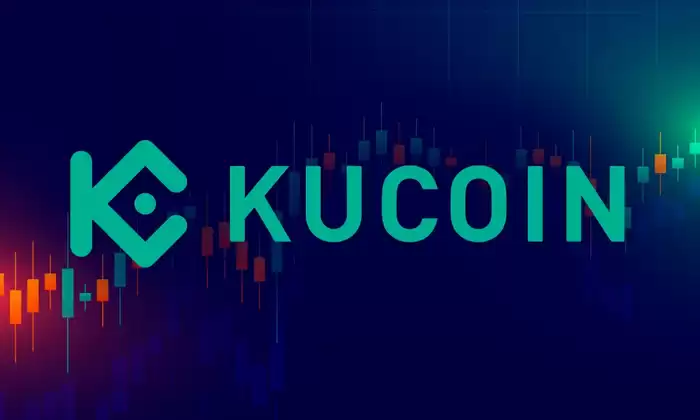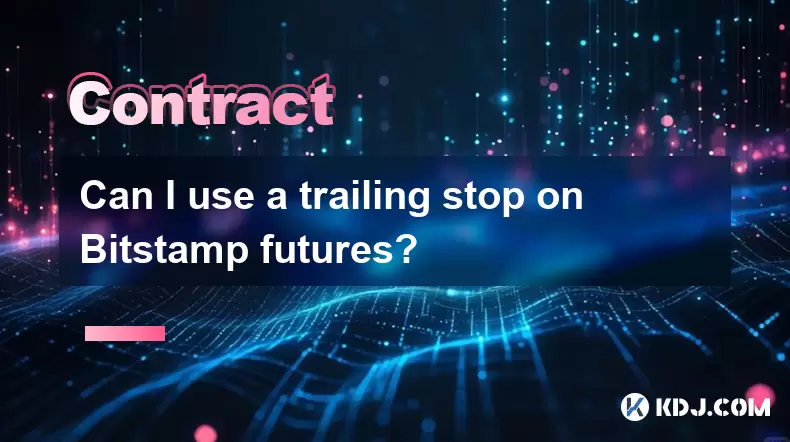-
 Bitcoin
Bitcoin $118000
-1.29% -
 Ethereum
Ethereum $3758
-3.52% -
 XRP
XRP $3.113
-5.04% -
 Tether USDt
Tether USDt $0.9998
-0.05% -
 BNB
BNB $818.5
-3.23% -
 Solana
Solana $181.9
-5.10% -
 USDC
USDC $0.9997
-0.04% -
 Dogecoin
Dogecoin $0.2239
-8.33% -
 TRON
TRON $0.3233
0.95% -
 Cardano
Cardano $0.7842
-6.81% -
 Hyperliquid
Hyperliquid $43.35
-2.12% -
 Sui
Sui $3.894
-9.97% -
 Stellar
Stellar $0.4176
-6.99% -
 Chainlink
Chainlink $17.97
-6.68% -
 Bitcoin Cash
Bitcoin Cash $576.7
-2.30% -
 Hedera
Hedera $0.2671
-7.23% -
 Avalanche
Avalanche $24.64
-6.12% -
 UNUS SED LEO
UNUS SED LEO $8.972
0.08% -
 Litecoin
Litecoin $108.1
-6.55% -
 Toncoin
Toncoin $3.198
-5.94% -
 Shiba Inu
Shiba Inu $0.00001325
-6.80% -
 Ethena USDe
Ethena USDe $1.001
-0.04% -
 Uniswap
Uniswap $10.27
-7.02% -
 Polkadot
Polkadot $3.935
-7.49% -
 Monero
Monero $317.7
-2.24% -
 Dai
Dai $0.9999
0.00% -
 Bitget Token
Bitget Token $4.550
-3.85% -
 Pepe
Pepe $0.00001179
-8.68% -
 Cronos
Cronos $0.1418
-2.34% -
 Aave
Aave $286.2
-6.49%
How to operate KuCoin leverage
To utilize leverage trading capably, traders must fully apprehend its multifaceted nature, embracing both its transformative power and the inherent risks it carries.
Nov 12, 2024 at 12:55 pm

How to Operate KuCoin Leverage
KuCoin, a well-known cryptocurrency exchange, offers a comprehensive suite of trading options, including leverage trading. Leverage trading allows traders to amplify their profits by borrowing funds from the exchange, but it also carries additional risks that must be carefully managed. This guide will provide a step-by-step walkthrough of how to operate KuCoin leverage, ensuring that you fully understand the process and potential risks involved.
Step 1: Understand Leverage and Margin Trading
Leverage trading is a strategy that allows traders to multiply their potential profits by borrowing funds from the exchange. The amount of leverage you can use varies depending on the asset you are trading and your account status. KuCoin offers leverage of up to 10x for certain cryptocurrencies, meaning that you can trade with up to 10 times your initial investment.
Margin trading is closely related to leverage trading, but there are some key differences. In margin trading, you borrow funds from the exchange to purchase an asset, while in leverage trading, you use borrowed funds to amplify your existing position.
Step 2: Enable Leverage Trading on Your Account
Before you can use leverage trading, you must first enable it on your KuCoin account. To do this, follow these steps:
- Log in to your KuCoin account and click on the "Margin" tab.
- Click on the "Enable" button next to the Leverage Trading option.
- Read and agree to the terms and conditions, then click on the "Confirm" button.
Step 3: Choose the Right Leverage Amount
The amount of leverage you use will have a significant impact on your trading outcomes. If you use too much leverage, you could end up losing more money than you originally invested. As a general rule, it is recommended to start with a small amount of leverage and gradually increase it as you gain experience.
KuCoin offers flexible leverage options, allowing you to choose the amount that best suits your trading strategy. The available leverage options vary depending on the asset you are trading.
Step 4: Open a Leveraged Position
Once you have selected the amount of leverage you want to use, you can open a leveraged position. To do this, follow these steps:
- Find the trading pair you want to trade and click on the "Margin Trading" button.
- Select the leverage multiple you want to use.
- Enter the amount of the asset you want to trade.
- Click on the "Buy" or "Sell" button to open the position.
Step 5: Monitor and Manage Your Position
Once you have opened a leveraged position, it is important to monitor it closely and manage your risk. KuCoin provides you with a range of tools to help you do this, including:
- Real-time price charts
- Order book
- Position details
- Margin level indicator
You should also be aware of the risks associated with leverage trading, such as:
- Liquidation risk: If the price of the asset you are trading moves against you and your margin level falls below a certain threshold, your position could be liquidated.
- Increased volatility: Leveraged positions are more volatile than unleveraged positions, which means that the price of the asset you are trading could fluctuate more quickly and dramatically.
Step 6: Close Your Leveraged Position
When you are ready to close your leveraged position, simply click on the "Close" button in the position details panel. You can choose to close the entire position or just a portion of it.
Step 7: Repay Borrowed Funds
Once you have closed your leveraged position, you will need to repay the funds you borrowed from the exchange. You can do this by transferring funds from your spot wallet to your margin wallet.
Step 8: Understand the Risks of Leverage Trading
Leverage trading can be a powerful tool, but it also carries significant risks. It is important to fully understand the risks involved before using leverage. Here are some of the key risks to be aware of:
- Increased volatility: Leveraged positions are more volatile than unleveraged positions, which means that the price of the asset you are trading could fluctuate more quickly and dramatically.
- Liquidation risk: If the price of the asset you are trading moves against you and your margin level falls below a certain threshold, your position could be liquidated.
- Margin calls: If your margin level falls below a certain threshold, the exchange may issue you a margin call, requiring you to deposit additional funds into your account.
- Margin debt: If you are unable to meet a margin call, the exchange may sell your assets to cover the loss, resulting in a margin debt.
Disclaimer:info@kdj.com
The information provided is not trading advice. kdj.com does not assume any responsibility for any investments made based on the information provided in this article. Cryptocurrencies are highly volatile and it is highly recommended that you invest with caution after thorough research!
If you believe that the content used on this website infringes your copyright, please contact us immediately (info@kdj.com) and we will delete it promptly.
- XRP & Shiba Inu: The Race for Faster Growth – Which Will Win?
- 2025-07-29 16:30:12
- Bitcoin Swift (BTC3): AI-Powered Blockchain Presale Heats Up!
- 2025-07-29 17:10:12
- EDU Token, Binance, and Liquidity Concerns: What's the Deal?
- 2025-07-29 16:50:12
- Bitcoin Price Bulls Eye $120K: Will the Rally Continue?
- 2025-07-29 17:10:12
- Upbit, INJ, and the Injective Upgrade: What's the Hype?
- 2025-07-29 16:50:12
- ARK Invest, BitMine, and Coinbase: A Wild Ride in the Crypto World
- 2025-07-29 16:30:12
Related knowledge

Why is my Bitstamp futures position being liquidated?
Jul 23,2025 at 11:08am
Understanding Futures Liquidation on BitstampFutures trading on Bitstamp involves borrowing funds to open leveraged positions, which amplifies both po...

Does Bitstamp offer inverse contracts?
Jul 23,2025 at 01:28pm
Understanding Inverse Contracts in Cryptocurrency TradingIn the realm of cryptocurrency derivatives, inverse contracts are a specific type of futures ...

What is the difference between futures and perpetuals on Bitstamp?
Jul 27,2025 at 05:08am
Understanding Futures Contracts on BitstampFutures contracts on Bitstamp are financial derivatives that allow traders to speculate on the future price...

How to find your Bitstamp futures trade history?
Jul 23,2025 at 08:07am
Understanding Bitstamp and Futures Trading AvailabilityAs of the current state of Bitstamp’s service offerings, it is critical to clarify that Bitstam...

Can I use a trailing stop on Bitstamp futures?
Jul 23,2025 at 01:42pm
Understanding Trailing Stops in Cryptocurrency TradingA trailing stop is a dynamic type of stop-loss order that adjusts automatically as the price of ...

Can I use a trailing stop on Bitstamp futures?
Jul 25,2025 at 02:28am
Understanding Trailing Stops in Cryptocurrency Futures TradingA trailing stop is a dynamic type of stop-loss order that adjusts automatically as the m...

Why is my Bitstamp futures position being liquidated?
Jul 23,2025 at 11:08am
Understanding Futures Liquidation on BitstampFutures trading on Bitstamp involves borrowing funds to open leveraged positions, which amplifies both po...

Does Bitstamp offer inverse contracts?
Jul 23,2025 at 01:28pm
Understanding Inverse Contracts in Cryptocurrency TradingIn the realm of cryptocurrency derivatives, inverse contracts are a specific type of futures ...

What is the difference between futures and perpetuals on Bitstamp?
Jul 27,2025 at 05:08am
Understanding Futures Contracts on BitstampFutures contracts on Bitstamp are financial derivatives that allow traders to speculate on the future price...

How to find your Bitstamp futures trade history?
Jul 23,2025 at 08:07am
Understanding Bitstamp and Futures Trading AvailabilityAs of the current state of Bitstamp’s service offerings, it is critical to clarify that Bitstam...

Can I use a trailing stop on Bitstamp futures?
Jul 23,2025 at 01:42pm
Understanding Trailing Stops in Cryptocurrency TradingA trailing stop is a dynamic type of stop-loss order that adjusts automatically as the price of ...

Can I use a trailing stop on Bitstamp futures?
Jul 25,2025 at 02:28am
Understanding Trailing Stops in Cryptocurrency Futures TradingA trailing stop is a dynamic type of stop-loss order that adjusts automatically as the m...
See all articles

























































































